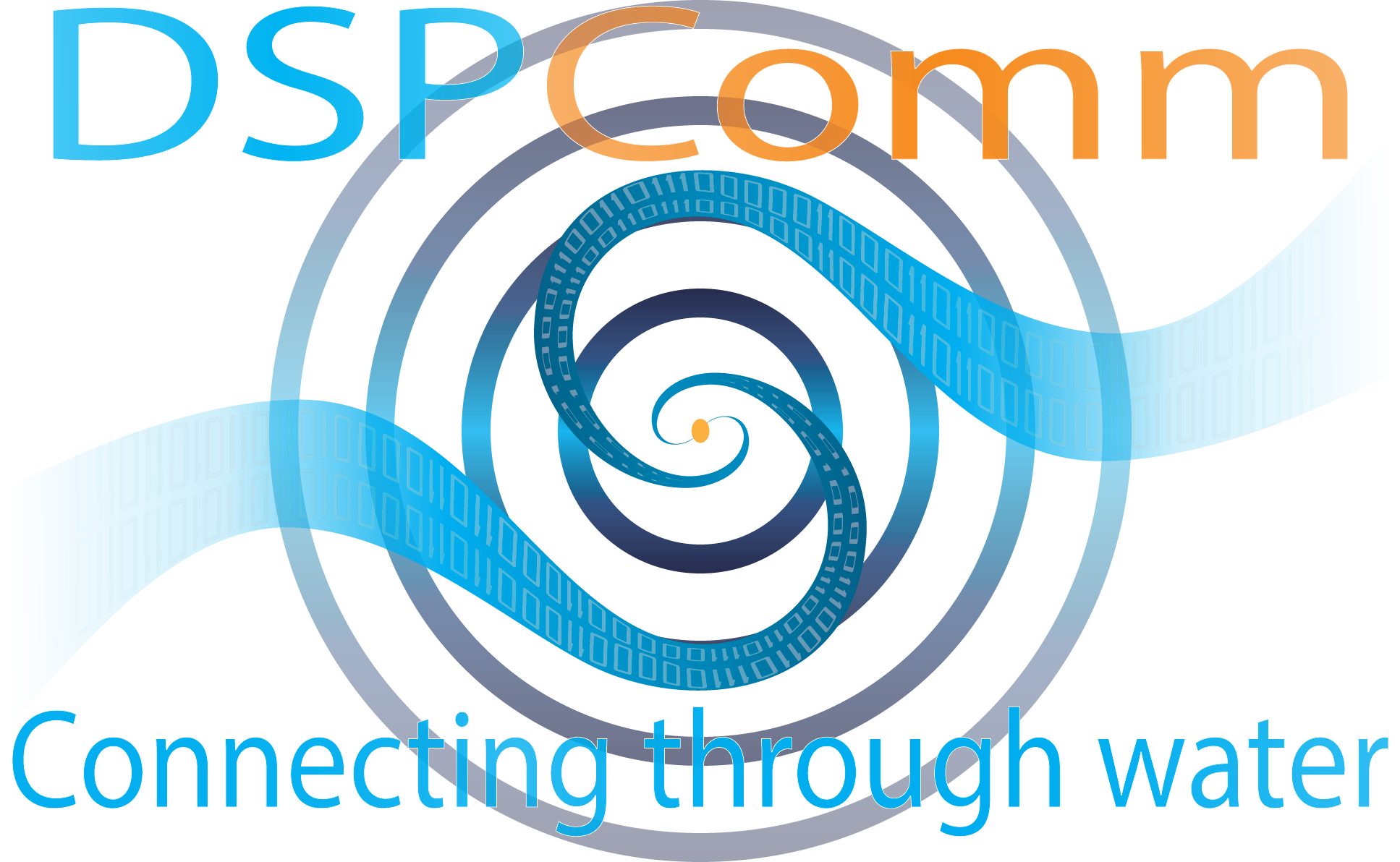
Designing An Effective System For Subsea Asset Monitoring
Having access to up to date information about your subsea assets is very important in the oil and gas field, as it has great cost implications, and is instrumental in making the right business decisions at perfect time. Regular subsea asset monitoring is needed to tackle this need for information.
Subsea asset monitoring helps firms to study how the subsea systems are performing. It also enables early detection of faults and irregularities. The information gathered then determines the necessary action to be taken at that time. Information including inclination, position and water current profiles is needed for subsea asset monitoring.
Characteristics Of An Effective Subsea Asset Monitoring System
An effective should have the following characteristics:
- A permanent asset identification
- A reliable software for managing assets transfers
- Internet connectivity for data collection
- A single secure database
- Implementation of suitable support systems.
While this might look an easily achievable task. There are a few problems which face subsea asset monitoring and management. This makes monitoring a daunting task
- Poor Tagging Methods: An ineffective tagging system leads to loss of assets. As a result of exposure to high underwater pressures and sea water, many tags are lost. This makes it difficult to identify the asset, its correct history and also the documentation.
- Improper Tracking Of Assets: Sometimes, assets are moved from one rig to another, for routine maintenance, or as a result of changing operational needs. Failure to track the movements of this assets, leads to loss of assets visibility. This usually necessitates extended searches; which might turn out to be unsuccessful.
- Maintenance Results Are Not Analysed: One of the aims of subsea monitoring is to carry out adequate maintenance where necessary. However, the failure to properly analyse maintenance results can lead to difficulties.
- Inaccessibility Of Documentation: All assets have detailed documentations; including purchase and warranty documents, repair and inspection documents and many more. For subsea assets, these documentations are bulky and can take up as much as a file drawer. These documents are required for tagging and repair purposes.
Setting Up An Effective Monitoring System
There are a number of steps to be taken to set up an effective monitoring system for your subsea assets. Having already known the problems affecting monitoring; taking these steps would bring about effectiveness.
- Proper Tagging: Special tags should be attached to each asset permanently to ensure it withstands the pressure and exposure to sea waters
- Relevant asset documentation should also carefully be collected, in order to have the necessary information on every asset.
- Subsea monitoring equipments should also be deployed to keep track of each asset.
Subsea wireless telemetry should be used in areas where subsea actuators and valves need to be monitored. Acoustic monitoring systems should also be deployed for complex operations such as pipeline bundle tow. Necessary data should also be collected with the use of underwater acoustic modems.
Overall, setting up an efficient underwater communication system is key to subsea monitoring. With the new monitoring technologies being created, subsea assets monitoring can only get easier.
